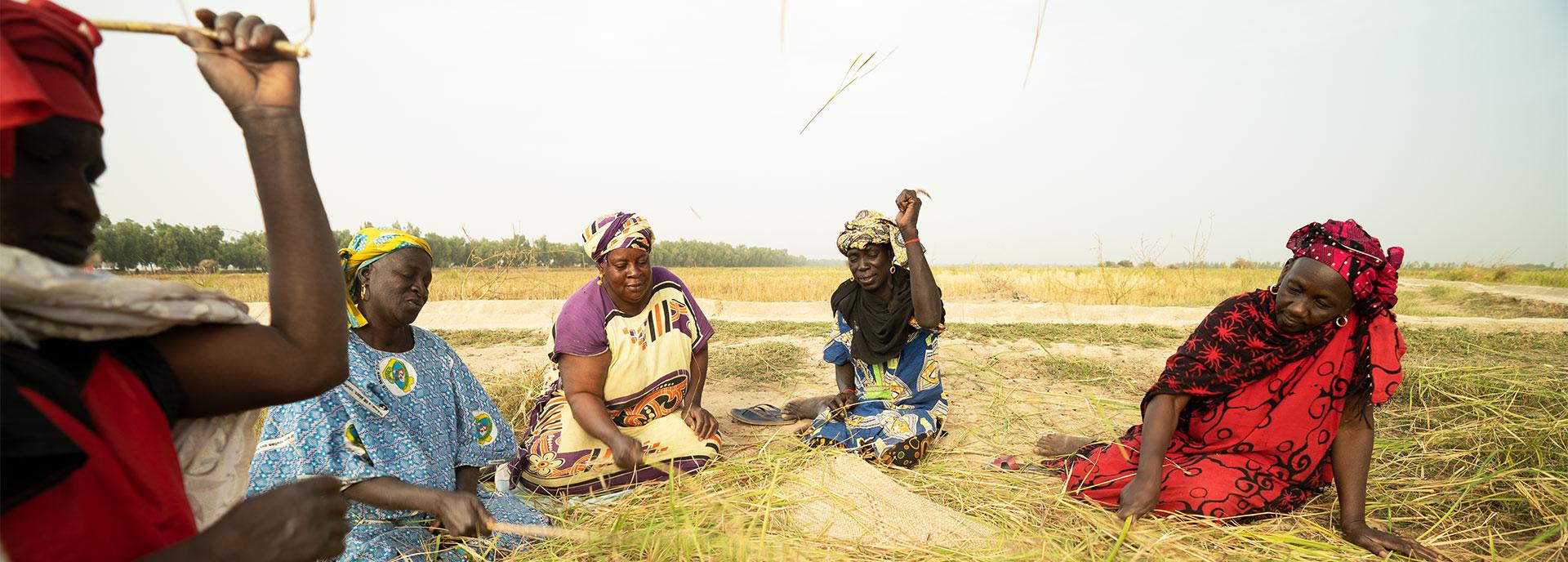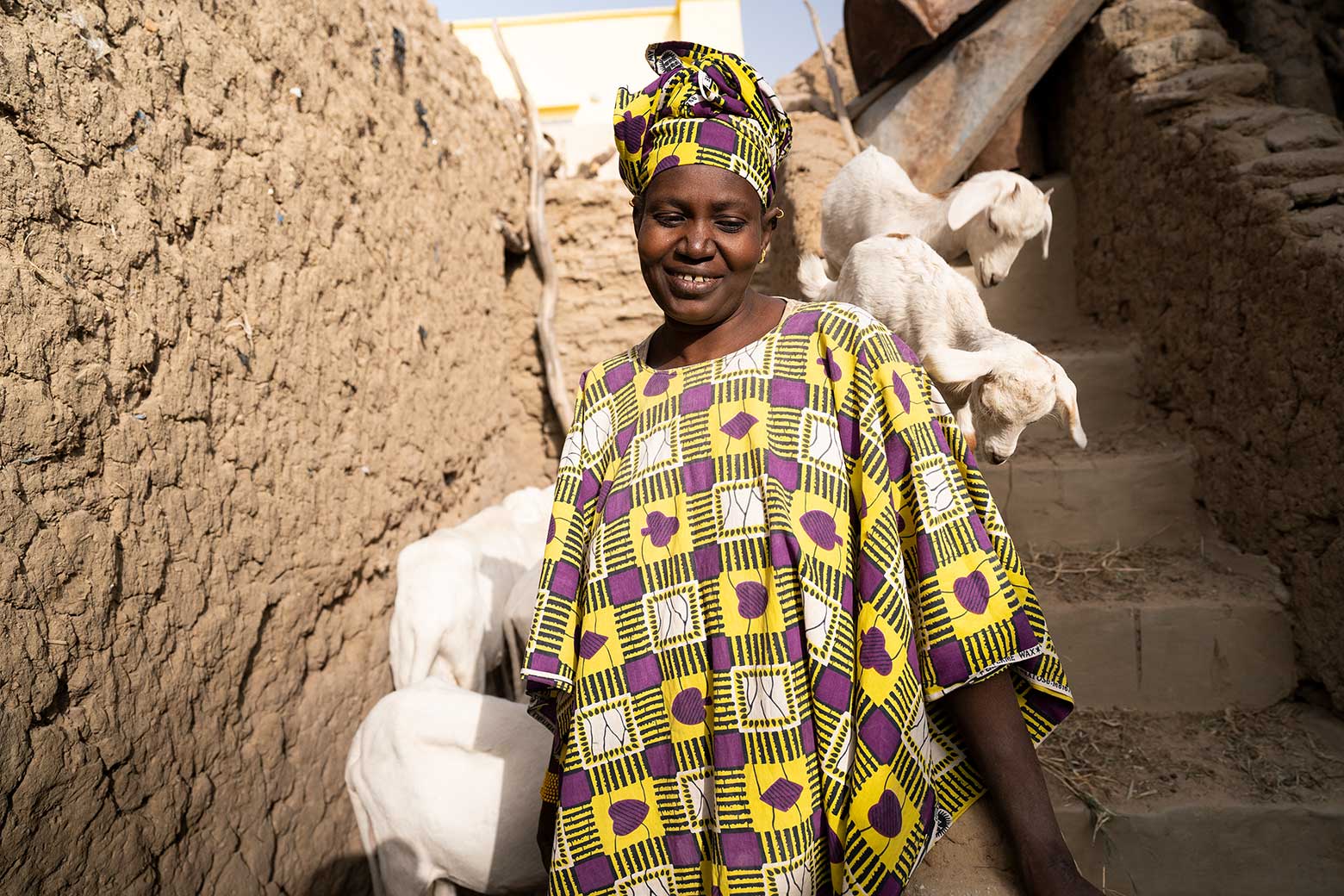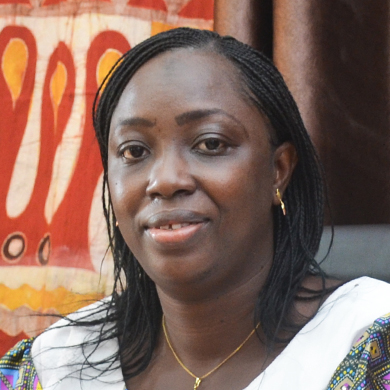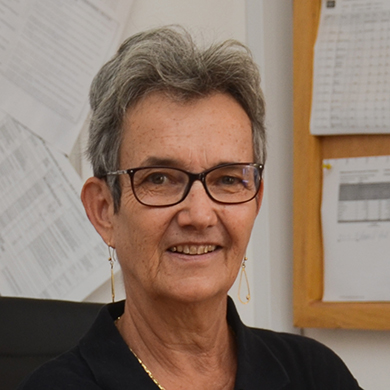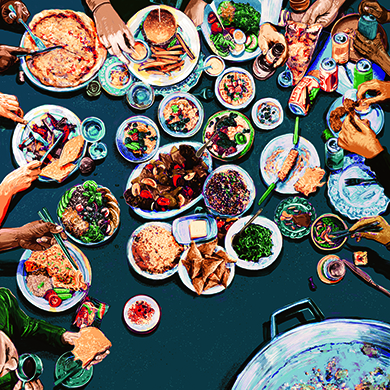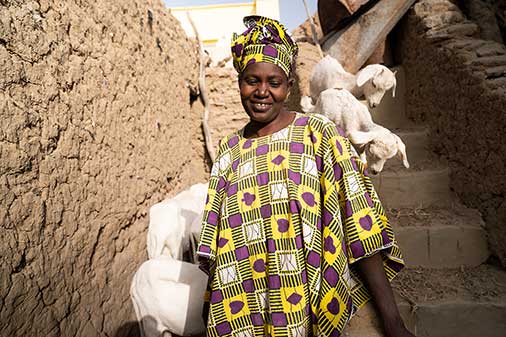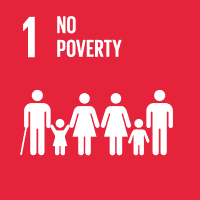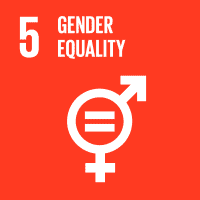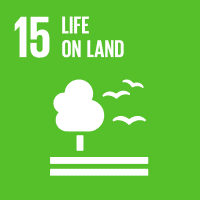Nine tonnes. This one figure is enormously important for Zainabou Cissé. The 63-year-old’s last rice harvest was nine tonnes per hectare. It is a result she is proud of. The mother of six, and grandmother of three, lives in the northern Malian municipality of Alafia, which is home to some 4,000 people. It is situated about an hour from the city of Timbuktu, whose clay mosques and mausoleums are a UNESCO World Heritage Site. Alafia has its own school, mosques and a health centre, but few opportunities to earn a living.
While most men in the region raise animals or farm, the women generate an income from what is termed ‘petit commerce’. They sell everyday consumer goods such as tomatoes and onions, soap, washing powder, salt and sugar at small, wooden stalls. And they grow vegetables and rice on a small scale. Farming in the Sahel may initially sound like a contradiction in terms. Many people will visualise an arid desertscape, but in fact the Sahel is a complex, fragile zone with a very wide variety of vegetation. There are barren regions with leached, hard soils, but in parts of the Sahel trees and shrubs flourish. The banks of the River Niger offer excellent, fertile conditions. This is where Zainabou Cissé and 42 other women farm a total of 16 hectares of land. Together, this group of smallholders is called the ‘Coopérative agropastorale Nafagoumo’.
